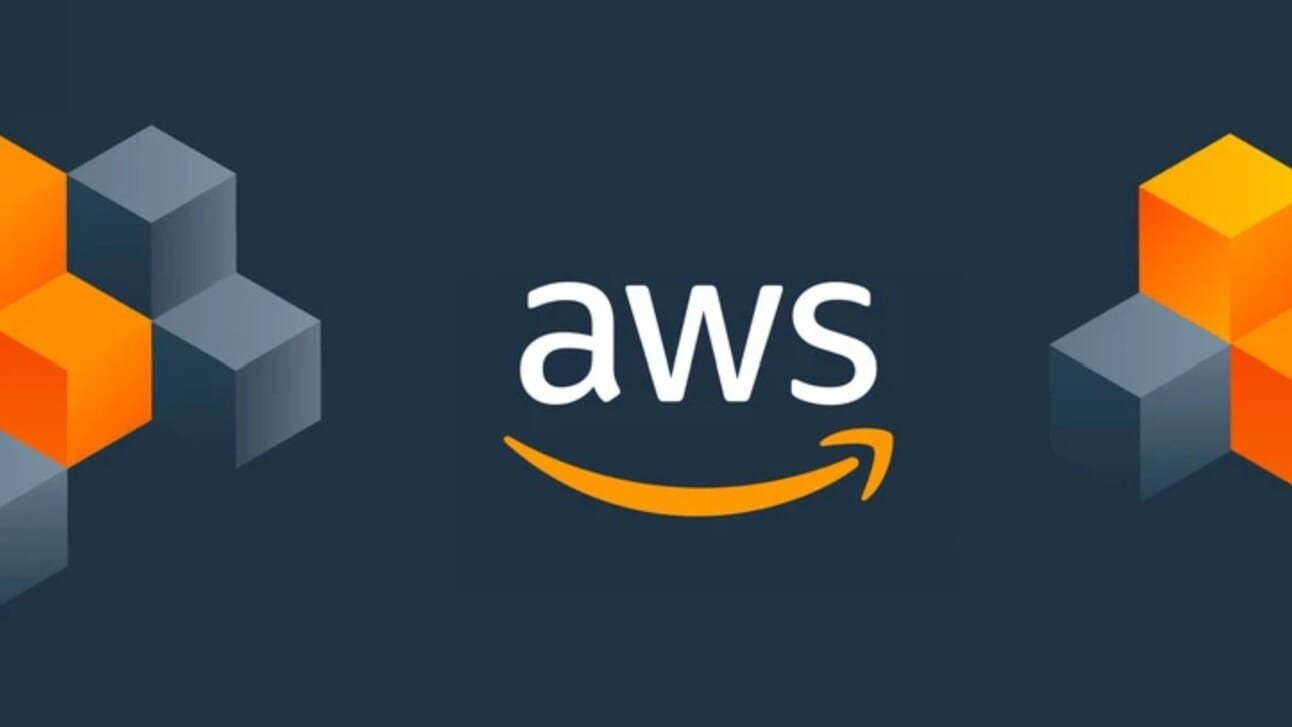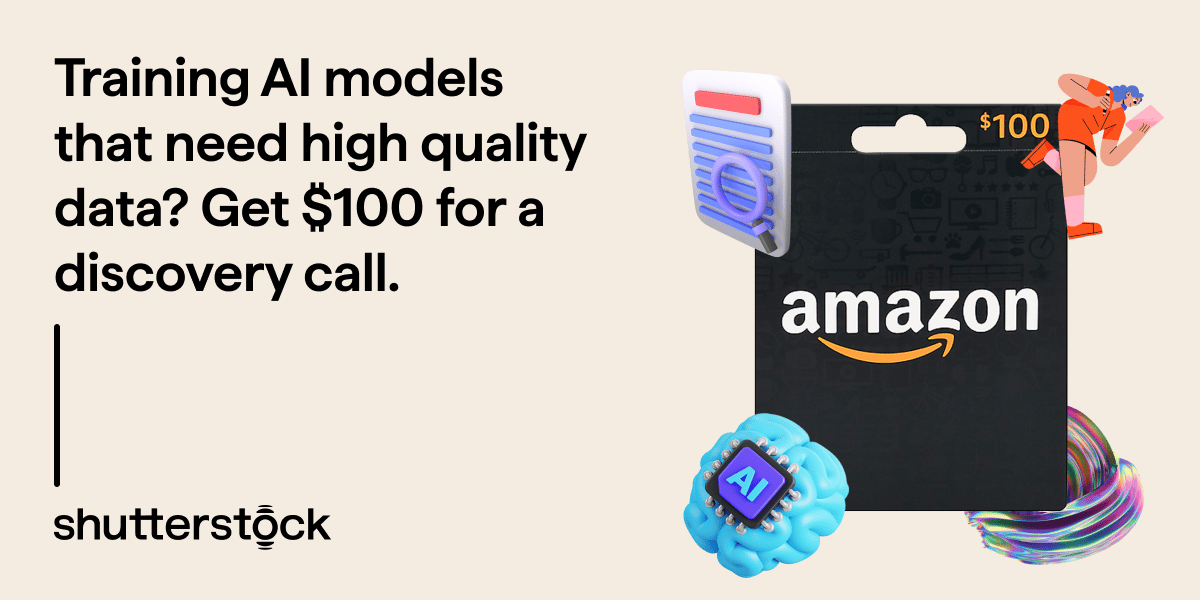- Cloud Database Insider
- Posts
- AWS hits $123B revenue 🚀|Snowflake vs Microsoft Fabric✨|Snowflake vs Oracle☁️|DBA best practices💾|My thoughts on synthetic data
AWS hits $123B revenue 🚀|Snowflake vs Microsoft Fabric✨|Snowflake vs Oracle☁️|DBA best practices💾|My thoughts on synthetic data
Snowflake is in the focus, Databricks isn't their only competition

What’s in today’s newsletter:
AWS hits $123B revenue, $118B capex expansion 🚀
Snowflake vs. Microsoft Fabric: Cloud data warehousing battle ✨
Snowflake vs Oracle: scalable cloud data warehouse comparison ☁️
Graph databases rapidly grow, boosting analytics and jobs 📊
DBA best practices: backup, automation, security, collaboration! 💾
Also, check out the the weekly Deep Dive - My thoughts on synthetic data, and Everything Else in Cloud Databases.
Training Generative AI? It starts with the right data.
Your AI is only as good as the data you feed it. If you're building or fine-tuning generative models, Shutterstock offers enterprise-grade training data across images, video, 3D, audio, and templates—all rights-cleared and enriched with 20+ years of human-reviewed metadata.
With 600M+ assets and scalable licensing, our datasets help leading AI teams accelerate development, simplify procurement, and boost model performance—safely and efficiently.
Book a 30-minute discovery call to explore how our multimodal catalog supports smarter model training. Qualified decision-makers will receive a $100 Amazon gift card.
For complete terms and conditions, see the offer page.
AWS

TL;DR: AWS reached $123 billion in annualized revenue and plans over $118 billion in capex to expand global infrastructure, reinforcing its cloud dominance and fueling innovation across the technology sector.
AWS has achieved a $123 billion annualized revenue run rate, marking significant cloud market dominance.
The company plans over $118 billion in capital expenditures, focusing on expanding global cloud infrastructure.
AWS’s aggressive investment strategy aims to enhance service offerings and maintain its competitive edge.
These trends may drive increased innovation and pricing shifts across the broader cloud technology sector.
Why this matters: AWS’s $123 billion revenue run rate and $118 billion capex reveal its dominant cloud leadership and commitment to innovation. This scale of investment not only strengthens AWS’s infrastructure but also pressures competitors to innovate and potentially adjust pricing, shaping the future of the global cloud services market.
SNOWFLAKE

TL;DR: Snowflake's cloud-native, multi-cloud flexibility fuels rapid growth, while Microsoft Fabric unifies analytics tools within its ecosystem, intensifying competition that drives innovation in enterprise data management.
Snowflake’s cloud-native, multi-cloud data warehousing has driven strong growth since its 2020 IPO.
Microsoft Fabric integrates Azure Data Factory, Synapse, and Power BI to simplify analytics for Microsoft users.
Snowflake appeals with vendor-agnostic flexibility, while Microsoft Fabric leverages ecosystem integration for customer retention.
The rivalry may spur innovation, with each platform offering distinct advantages for enterprise data management.
Why this matters: The competition between Snowflake's flexible, multi-cloud model and Microsoft Fabric's integrated ecosystem approach highlights differing strategies that could redefine enterprise data management, driving innovation and improving analytics tools, ultimately shaping how businesses leverage cloud data solutions in varied IT environments.

TL;DR: Snowflake offers scalable, multicloud, and flexible data warehousing with pay-as-you-go pricing, while Oracle emphasizes advanced SQL, security, and deep integration for enterprises invested in Oracle ecosystems. Choose by needs.
Snowflake provides a fully managed, scalable service with separated storage and compute, supporting high concurrency efficiently.
Oracle Cloud Data Warehouse offers strong security, advanced SQL, and deep integration with Oracle's cloud ecosystem.
Snowflake supports semi-structured data and multicloud environments, appealing to diverse and rapidly growing workloads.
Businesses should choose based on infrastructure, workload complexity, and budget, balancing flexibility versus enterprise integration.
Why this matters: Selecting between Snowflake and Oracle Cloud Data Warehouse shapes how businesses scale, secure, and integrate their data environments. This choice impacts operational efficiency, cost control, and the ability to handle complex, varied workloads amid growing cloud adoption and enterprise digital transformation.
GRAPH DATABASE

Courtesy: DBTA.COM
TL;DR: The graph database market is rapidly expanding, driven by superior performance in managing complex data, with innovations boosting analytics and job growth, transforming sectors like finance, healthcare, and telecom.
The graph database market is rapidly growing, driven by demand for managing complex data relationships in diverse applications.
Businesses adopt graph databases for superior performance and scalability over traditional systems handling complex queries.
Innovations from companies like DataStax and Ontotext enhance real-time analytics and text processing in graph technologies.
Market growth fuels job opportunities and underscores the need for specialized education in graph database skills.
Why this matters: The rapid expansion of graph databases enables organizations to efficiently manage complex, interconnected data, unlocking deeper insights and innovation. This technological shift not only enhances competitive advantage across industries but also drives demand for specialized expertise, reshaping workforce needs and data-driven business strategies globally.
DATABASE ADMINISTRATION
TL;DR: DBAs in 2025 should focus on robust backups, automation, strict security, and collaboration to ensure efficient, secure, and scalable database management while adapting continuously to evolving technologies.
Implement rigorous backup and disaster recovery protocols to protect data and minimize downtime effectively.
Utilize automation tools for performance tuning, deployment, patching, and updates to boost DBA productivity.
Enforce strict access controls, encryption, and compliance with data privacy regulations to enhance security.
Maintain thorough documentation and foster collaboration with IT teams for streamlined database management.
Why this matters: Embracing updated database best practices ensures data security, integrity, and uptime, crucial for trusted operations and regulatory compliance. Automation boosts DBA efficiency, enabling focus on strategic tasks, while continuous learning keeps professionals adaptive to evolving technologies, safeguarding organizational competitiveness and career growth in a data-driven future.

EVERYTHING ELSE IN CLOUD DATABASES
DBTA Readers’ Choice 2025 Winners Revealed
Amazon DocumentDB unveils serverless option
ElephantSQLDB Launches Quantum Cloud DB, Boosts Speed
Neo4j grows with AI and new California HQ expansion
Scaling Database: Performance Challenges & Solutions
Databricks opens R&D hub in Vancouver!
Cloudera launches private cloud data services
Google Cloud Spanner boosts speed with columnar engine

DEEP DIVE
My thoughts on synthetic data
You know when you have thought about using a particular technology, or employing a certain methodology? That is what I feel when it comes to synthetic data.
The notion of synthetic data came to the forefront, to me at least this week, with the introduction of GPT 5, which is being panned by some, or others who think it is the greatest thing ever created (I listen to a lot of tech podcasts, and that’s all that was talked about last week).
I wonder when the LLM producers will ultimately run out of meaningful data, and have to rely on synthetic data exclusively.
Getting back to practical use cases, and my head out of the clouds, it did come to mind, but we never implemented the use of synthetic data, when we were doing a multi-year financial system migration, at my previous job.
That would have been interesting.
So enough of me trying to write pithily, and exude gravitas. I’m operating on 3 hours of sleep. Besides being database expert, I’m also a house painter, hence the lack of sleep.
I will read my own report about synthetic data when my eyes will stay open long enough, and hopefully you will read the report too.
Gladstone Benjamin

